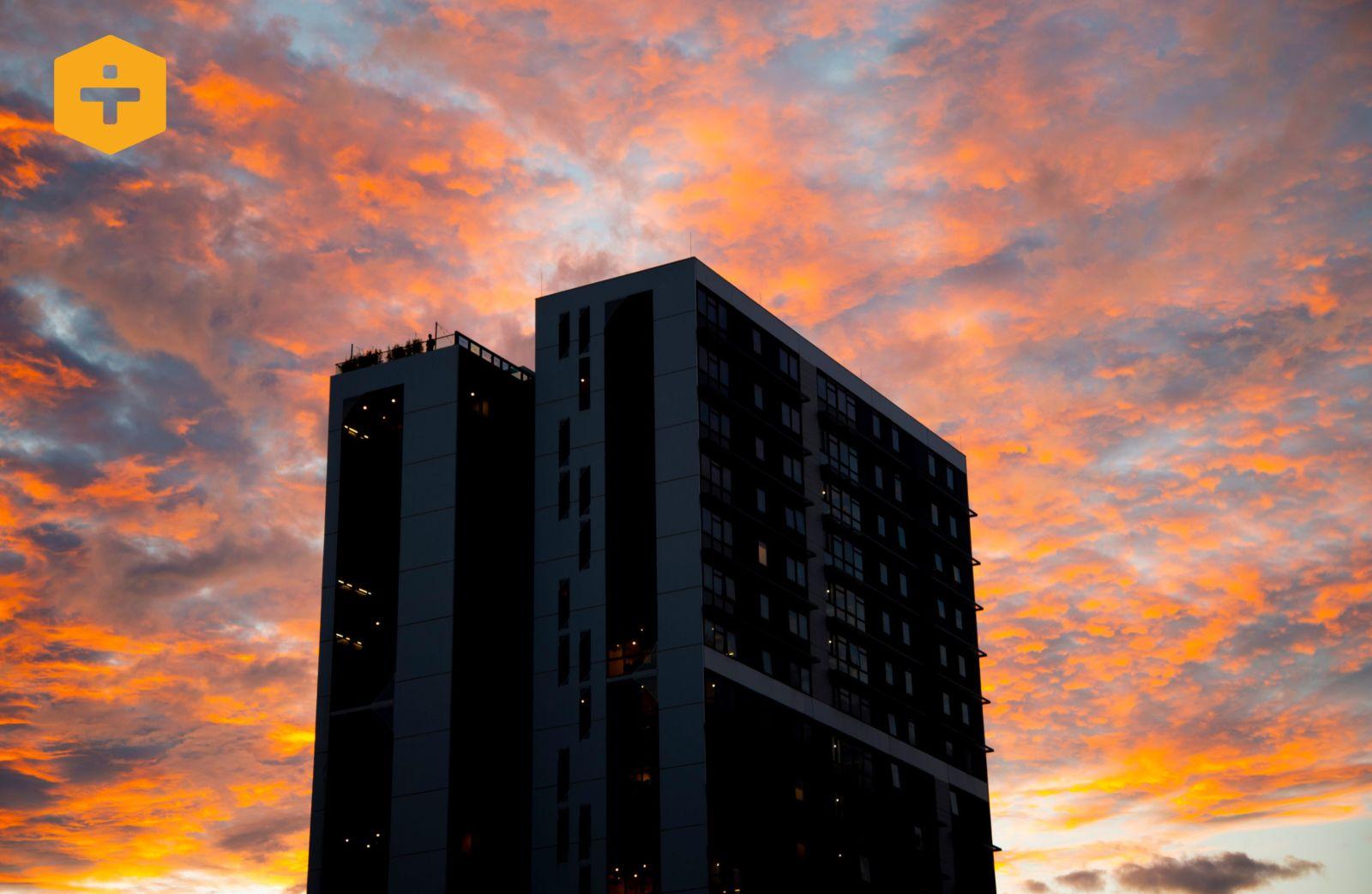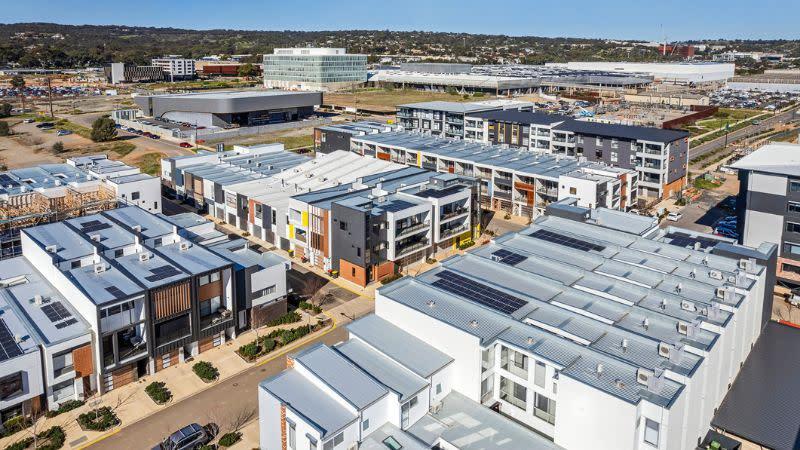[+] Sun’s Setting for Mum and Dad Investors in Residential Sector

As far as whodunnits go, it is by no means a puzzling “Professor Plum in the library with the candlestick” kind of scenario.
In fact, property industry sleuths say there is no mystery at all to the disappearance of so-called Ma and Pa investors from Australia’s residential rental markets.
After doing the heavylifting for decades—supplying more than 80 per cent of the country’s $3-trillion rental pool—they are now leaving the market in droves due to increased regulation, higher taxes, rising interest rates and the cost of living.
Not to mention the lingering spectre of rent controls, changes to negative gearing and capital gains tax laws as well as copping a bad rap from the prevailing “greedy landlord” narrative.
Hundreds of thousands of rental properties are estimated to already have been stripped from markets around the nation due to investors offloading properties, the majority selling to owner-occupiers.
Recent data from CoreLogic indicates investor-owned properties now account for 32.7 per cent of all residential listings nationally, up by more than 7 per cent on the decade average.
And according to Real Estate Institute of Australia president Hayden Groves there will be “a continued slow bleed” of rental properties for some time yet, further compounding the country’s housing crisis.
“I can’t see the classic Mum and Dad type investors flocking back into the market in any great numbers anytime soon,” he tells The Urban Developer.
“The reason we’re seeing this exodus of investors and loss of supply out of the rental pool is because of somewhat pro-tenant residential tenancy laws that are being adopted in jurisdictions.
“You’re seeing investors spooked out of the market as a result … it’s just getting too hard so they’re doing something else with their money.
“And if that asset class continues to bleed out there’s very little chance of plugging the gap quick enough.”
Therein lies the quandary, particularly with the challenged development sector grappling with construction constraints and struggling to stack up projects.
“If you haven’t got investors coming in and participating in buying off-the-plan, you just don’t get a lot of development done,” Groves adds. “Certainly, they’re not going to be able to build 1.2 million homes over the next five years. That’s a very ambitious target.”
Australian Taxation Office records from 2020-2021—when changes to rental laws were introduced banning rent increases and putting a moratorium on evictions due to the pandemic—reveal that 71.5 per cent of landlords were Mum and Dad investors with just one rental property.
About 19 per cent of investors owned two rental properties and 6 per cent owned three assets in the rental pool.
Groves says there has been an element of premeditation to the killing off of the Mum and Dad residential investor model.
“There’s been a genuine attempt to do so,” he says.
But, he says, it began several years earlier in 2016 when the-then opposition federal Labour Party first touted changes to negative gearing and capital gains tax laws.
“Mum and Dads have been quietly getting on with supplying Australians with affordable rental housing for generations and it’s like somebody just suddenly woke up and said ‘Oh, we don’t like them so much anymore’ for some reason.
“There’s some political capital to be had by giving them a fair bit of grief … [but] the state and federal governments have really shot themselves in the foot.
“The ultimate loser will be tenants because they’re just going to have to pay more rent. It’s as simple as that. Economics 101. Less supply and higher demands, prices rise.”
Ray White Group chief economist Nerida Conisbee agrees.
“While the problem at the moment is higher interest rates making investing in property far more difficult and less attractive, there also has been a lot of negativity and vitriol targeting Mum and Dad investors and I think it is damaging.
“And no one has a viable solution as to who should realistically step in as an alternative to provide rental accommodation.”
Conisbee says the emerging build-to-rent sector would provide “a different kind of rental experience” but only supply “a very small amount of rental properties compared to traditional landlords”.
“Maybe give it 20 years, 30 years to build critical mass to be even 5 per cent of total rental stock.”
She also notes that government rental accommodation supply has declined signicantly during the past 25 years and “with a lot of debt they’re now not going to be able to readily provide it anyway”.
Her research indicates that between 1996 and 2021 there were 1.1 million properties added to the nation’s rental pool by investors. By comparison, the supply of rental properties provided by the government fell by 53,000.
Conisbee says although incentives available to property investors are frequently criticised, they have been “overwhelmingly successful” in expanding the market with a steady stream of rental properties and effectively subsidising lower rentals, keeping the proportion of households under stress at globally low levels.
 An analysis by The Economist of data from the Organisation for Economic Co-operation and Development (OECD) recently compared the proportion of households across the globe experiencing high levels of rental stress.
An analysis by The Economist of data from the Organisation for Economic Co-operation and Development (OECD) recently compared the proportion of households across the globe experiencing high levels of rental stress.Australia was one of the top three countries with the lowest number of households spending more than 40 per cent of disposable income on rent. With 10 per cent of households deemed as experiencing a high level of rental stress it was only higher than France (9 per cent) and Germany (5 per cent).
New Zealand was the worst (25 per cent) followed by Britain (23 per cent) and Spain (20.5 per cent).
“So, basically, it shows that even though it is tough to be a renter, and there’s no doubt rents have gone up a lot … we are actually in a better place than many other countries,” Conisbee says.
“But we really do need to make sure that we continue to encourage investors because they are such a driving force in terms of providing rental accommodation for everyone.
“And if we’re really serious about getting a lot more rental stock we should be trying to mobilise Mum and Dad investors and … something like a HomeBuilder but aimed at investors would be a pretty quick way of getting things in train and a lot more investors back in and more rental homes built.”
Nationally, more than 12 per cent of investors sold one or more rental properties in the past 12 months. Of these, about 43 per cent sold to an existing homeowner and 30 per cent to a first home buyer. Only 24 per cent—down from 33 per cent last year—sold to another investor, indicating the majority of properties transacted were likely removed from the rental pool.
“Clearly, this would explain the undersupply of rental properties available for tenants around the nation,” Property Investment Professionals of Australia (PIPA) chair Nicola McDougall says.
Based on the 2.477 million private rental homes in Australia accounted for in the 2021 Census, it is estimated from PIPA’s data that “hundreds of thousands” of rental properties have been sold and removed from the rental market in the past three years.
McDougall says it is no surprise that the two states where investors sold in the greatest numbers were the ones that had undertaken the most rental reforms.
In Queensland, 39.8 per cent of investors sold one or more properties while 31.35 per cent sold in Victoria.
“Those states are leading the charge with restrictive, unfair and inefficient legislative reforms that adversely impact property investors,” she said.
Victoria has rolled out a $5 billion land tax hike and mooted caps on rental price increases or a rent freeze, while Queensland implemented, then scrapped a land tax and introduced retrospective capped rent increases.
In another sign of further pressure ahead for the rental property sector, 38 per cent of investors indicated they were likely to sell assets within the next year, a massive jump from 19.2 per cent last year.
“Again, it’s not a mystery why so many investors are planning to exit the market,” McDougall says. “And should governments further increase or introduce new taxes and compliance costs, 47.2 per cent of respondents said they would be forced to increase rents.”
Meanwhile, she says, the industry is at a tipping point with the federal government refocused on addressing the supply issues as “one of the key planks of how the [rental housing] crisis will be solved”.
“With that refocus, clearly developers will have a key role to play,” she says. “We haven’t been building enough dwellings for our population for some time now.
“And while our survey shows that investors have had enough and are selling in great numbers, we don’t think they should be.
“Property investment is a significant driver of personal wealth and a long-term strategy.
“And we believe the market metrics that we have ahead of us, including the significant population growth from overseas migration … certainly smart investors would recognise that the fundamentals are very sound for property investment going forward.”
*This post was originally published on https://www.theurbandeveloper.com/articles/australia-small-scale-investors-mum-dad-leaving?utm_source=TUD+-+Daily+Briefing&utm_campaign=bf52adf8c5-EMAIL_CAMPAIGN_2021_08_11_01_49_COPY_01&utm_medium=email&utm_term=0_982c36d415-bf52adf8c5-195663826




